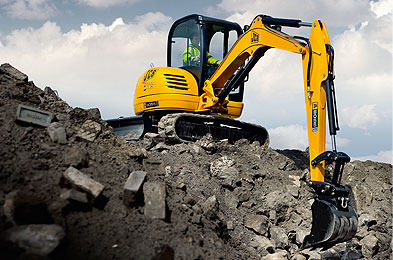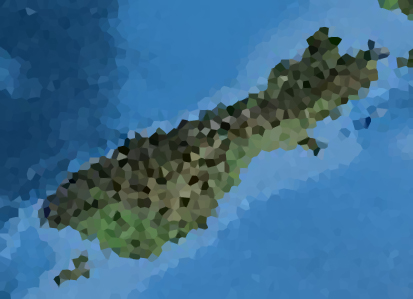
The main reason why Asian immigration to New Zealand has been the polar opposite to Muslim immigration to Europe in terms of its success and how happy the locals are with it can be seen by the demographics of the group. In particular, the Asians moving here are considerably wealthier, better educated and more middle class – the sort of person that is most likely to make a positive contribution to those around them.
The demographics of Asian New Zealanders, like the voting patterns of this group, are primarily characterised by the fact that the majority are immigrants or descendents of relatively recent immigrants, and as such had to pass the relatively stringent points system.
For example, the correlation between being Asian and being born overseas is an extremely strong 0.91. This tells us that the vast majority of Asians living here were born overseas. The correlation between being Asian and being born in North East Asia was 0.87, but the correlation between being Asian and being born in the Pacific Islands was also fairly strong, at 0.51.
This tells us that, although the bulk of Asians in New Zealand are from China, Hong Kong, Taiwan, South Korea and Japan, there are also many South Asians, and even a fair number of Fijian Indians who are here.
The Asians that do come here certainly do so with higher educations (as mentioned above, this helps them pass the points system). The correlation between being Asian and having a university degree was 0.64 for a Bachelor’s, 0.41 for an Honours, 0.60 for a Master’s and 0.28 for a doctorate.
Interestingly, these figures are not especially indicative of higher earning. The correlation between being Asian and net median income was only 0.22, positive but not significant. This is curious considering that being Asian had a significant positive correlation with either of the two highest income bands: with $100-150K it was 0.32 and with $150K+ it was 0.28.
The reason for this might be that Asians, despite the stereotype of the Chinese slumlord, have not accumulated enough wealth to move into the rentier class yet – a class that is dominated by Kiwis of European descent and Maoris.
It may also be that Asians are much less likely than other Kiwis to live in a family where both parents are working, and that this lowers the average. Although the correlation between being Asian and earning $150K+ was 0.28, the correlation between being Asian and living in a family with an income of $150K+ was only 0.10.
There was a significant negative correlation between being Asian and living in a freehold house (-0.34) and a significant positive one between being Asian and living in a rented house (0.26). There is also a significant negative correlation between being Asian and being self-employed with employees (-0.31) and a significnat positive one between being Asian and working as a professional (0.37).
This group of correlations tells the story of Asians moving to New Zealand recently with professional educations and working professional jobs, but not having been here long enough to become old money and make investment income.
Correspondingly, there are strong correlations between being Asian and working in knowledge-intensive industries and none with either capital or labour-intensive industries.
The correlations between being Asian and working in a particular industry were 0.62 with financial and insurance services, 0.57 with wholesale trade, 0.50 with information media and telecommunications and 0.48 with professional, scientific and technical services.
That Asians tend to be middle-class can be seen from the positive correlation between being Asian and never having smoked tobacco: a very strong 0.77. As anyone who has been to Asia knows, this statistic is far from representative of the people who live there, which suggests that the sort of Asian that emigrates to New Zealand is a cut above their fellows.
The strongest correlation in this entire study – even stronger than the correlation between being Maori and voting Maori Party – is the correlation between being a Buddhist and an Asian – an immensely strong 0.95. This tells us that no matter how trendy Buddhism might be among certain Westerners in Nelson, Grey Lynn and Khandallah, the vast majority of New Zealand Buddhists are Asians who were born into it.
*
This article is an excerpt from Understanding New Zealand, by Dan McGlashan, published by VJM Publishing in the winter of 2017.



